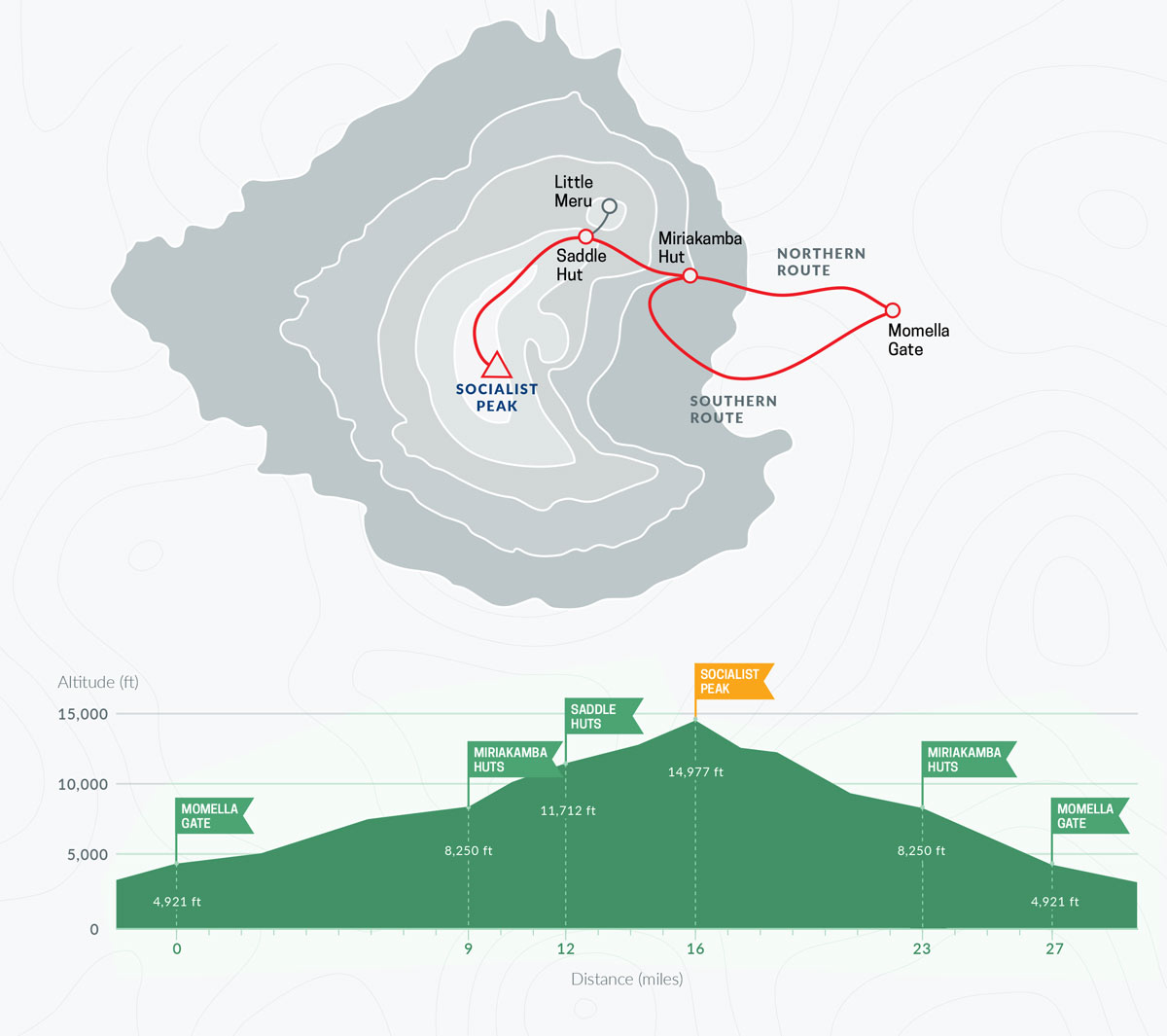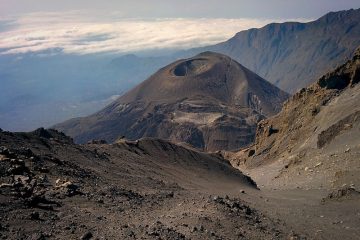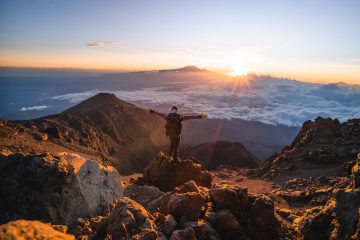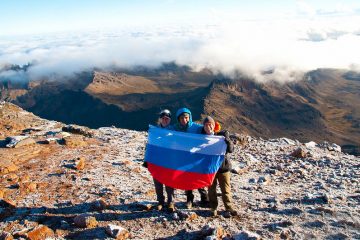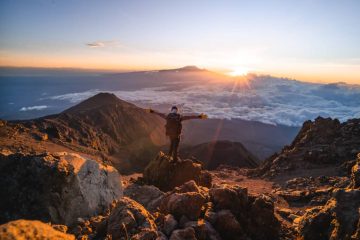Mount Meru is a magnificent peak to climb in its own right and is frequently used as a warm-up for Kilimanjaro.
Mount Meru is Tanzania’s second tallest peak, standing at 4,566 meters. Meru is a magnificent free-standing active volcano that offers vistas and wildlife sightings that are unrivaled in Tanzania, despite being almost 1000 meters shorter than Kilimanjaro.
Mount Meru, located 70 kilometers southwest of Kilimanjaro and east of the Great Rift Valley, last erupted in 1910 and is so still considered an active volcano (although dormant).
Meru’s horseshoe rim is extremely unusual since the entire eastern flank was torn away by the explosion approximately 500,000 years ago. Meru is Africa’s fourth highest peak, and its rim-lined crater stretches 1,500 meters to the crater floor, making it one of the continent’s tallest cliffs. Because of the variety of animals on and surrounding Meru, you must always be escorted on your trip by an armed ranger.
Although the origins of Meru’s initial accent are still debated, it is usually attributed to Fritz Jaeger in 1904 or Carl Uhlig in 1901.
Why Climb Mount Meru
Meru is sometimes neglected owing to its remote position, despite its spectacular vistas, landscape, and animals. Kilimanjaro, Meru’s larger brother, is 70 kilometers away. As a result, the majority of international visitors will either visit Meru as a secondary destination or as a warmup, while some would avoid it entirely. Although climbing Mount Meru as a warm-up for Kilimanjaro is not a terrible idea, Meru is a beautiful journey in its own right!
The lower parts of Mount Meru, which are located inside Arusha National Park, are incredibly diverse in terms of species. You’ll almost certainly encounter monkeys, warthogs, buffaloes, and a variety of birds, as well as elephants and giraffes if you’re lucky!
The crater rim walk is a breathtaking climb, and the 360-degree views from Meru’s top are not to be missed, especially because Kilimanjaro can be seen!
Another advantage of hiking Mount Meru is the absence of people, which may be a problem on Kilimanjaro. Meru, as its lesser-known sibling, is an excellent option to avoid this and immerse yourself in a tranquil journey.
Climb Mount Meru to Acclimatize for Kilimanjaro
With the above in mind, Meru is a fantastic method to prepare for Kilimanjaro since it offers you a taste of what to anticipate on the larger peak.
Altitude acclimatization is the most essential thing Meru trains you for. Meru is a difficult climb, so don’t underestimate it! It’s unquestionably high enough to cause altitude sickness. Meru is a big mountain in its own right, standing at 4,566 meters, and it requires your body to adjust to the altitude. For a complete tutorial on how to cope with acclimatization, please go here.
Not only that, but you go in a group with porters carrying your stuff on the mountain and ascend up through various vegetation zones in one day, much like on Kilimanjaro. You climb to the top at night, similar to Kilimanjaro, and arrive shortly before daybreak. Then, on the same day, you drop 2000 meters! All of these parallels help your body (and psyche) prepare for Kilimanjaro.


